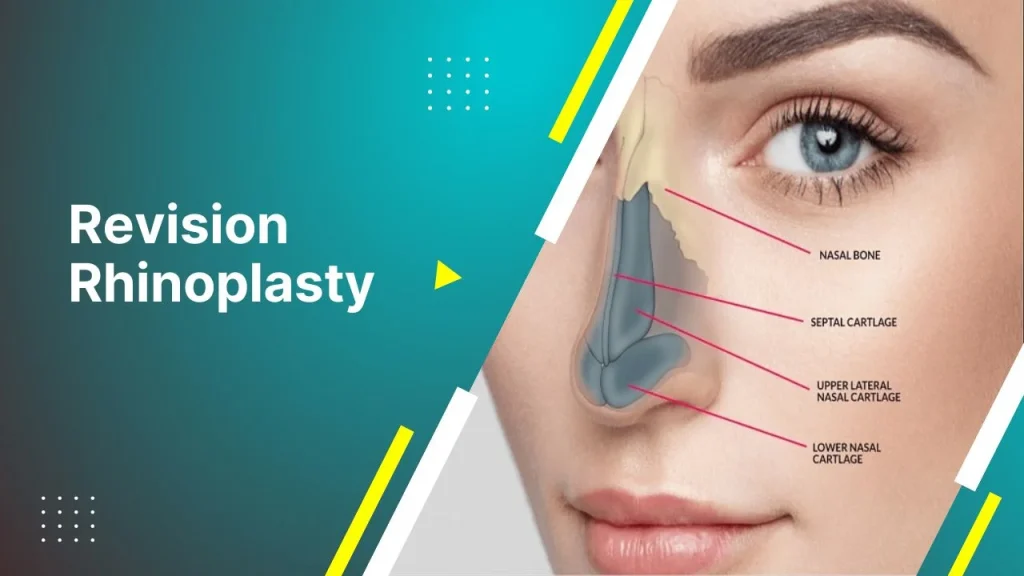Almond eye surgery, a procedure designed to enhance the natural shape of the eyes by creating a more almond-like appearance, can vary in cost depending on several factors. These factors include the clinic’s location, the surgeon’s experience and expertise, and the complexity of the procedure itself. Additional costs may arise from anesthesia, post-surgery care, medications, and follow-up consultations. Each clinic may have its own pricing structure, and it’s important to have a clear understanding of what is included in the overall cost before proceeding with surgery. While cost is an important consideration, selecting a skilled and experienced surgeon should be a priority to ensure the best results and minimize potential risks.
What is Almond Eye Surgery?
Almond eye surgery is a cosmetic procedure aimed at enhancing the shape of the eyes to achieve a more elongated, almond-like appearance. This type of surgery is often sought by individuals who desire a more defined or symmetrical eye contour. The procedure typically involves subtle adjustments to the eyelids, either by removing or repositioning tissue, to create a wider and more open look. Almond eye surgery can be performed using different techniques, including upper or lower eyelid surgery, depending on the specific needs of the patient. It is popular in both eyelid reshaping and double eyelid surgeries, often combining elements of both to achieve the desired aesthetic. This surgery is favored by those looking to create a more striking, youthful appearance or to address asymmetry in the eyes. As with any cosmetic surgery, it’s essential to consult with a skilled surgeon to ensure the procedure is appropriate for the individual’s facial features and goals.
Factors Affecting the Cost of Almond Eye Surgery
Several factors influence the cost of almond eye surgery, making it important to consider all aspects before undergoing the procedure. One of the primary factors is the surgeon’s experience and expertise. Highly skilled and well-established surgeons may charge more due to their specialized training and track record of successful outcomes. The location of the clinic also plays a significant role; surgeries performed in larger cities or more prestigious clinics tend to have higher fees due to higher operating costs and demand. The complexity of the procedure is another consideration—patients who require more extensive adjustments or combined procedures may face higher costs. Additionally, the type of anesthesia used and the duration of the surgery can impact pricing. Post-surgery care, follow-up consultations, and any required medications or treatments also contribute to the overall cost. When evaluating the cost of almond eye surgery, it’s essential to ensure that the price reflects the quality of care and expertise provided, rather than solely focusing on the price tag.
Price Ranges for Almond Eye Surgery in Turkey
The price of almond eye surgery in Turkey can vary widely depending on factors such as the clinic’s location, the surgeon’s expertise, and the complexity of the procedure. On average, the cost of almond eye surgery in Turkey is generally more affordable compared to many Western countries, making it a popular destination for medical tourism. While specific prices can differ, patients can expect the cost to range from a few thousand to several thousand Turkish Lira. Additional costs may include anesthesia, post-surgery care, follow-up consultations, and medications. It’s essential to research and choose a reputable clinic with experienced surgeons to ensure the best results and minimize potential risks, rather than solely focusing on the cost. Many clinics offer packages that include accommodations and transportation, adding further value to the overall experience.
Expectations and Recovery After Almond Eye Surgery
After almond eye surgery, patients can expect a relatively smooth recovery process, though it’s important to have realistic expectations and follow post-surgery care instructions for optimal results. Immediately following the procedure, swelling and bruising around the eyes are common, and these typically subside within a few days to a week. Most patients are advised to rest for a few days and avoid strenuous activities that may strain the eyes or cause increased swelling. During the first few weeks, it’s important to keep the head elevated while sleeping and avoid touching or rubbing the eyes. Healing time can vary, but most individuals are able to return to normal activities within 7 to 10 days, though full recovery may take a few weeks. It’s crucial to attend follow-up appointments to monitor the healing process and ensure the desired outcome. While the initial results are visible soon after surgery, the final results may take several months to fully manifest as swelling continues to subside and the eyelid settles into its new shape. Following the surgeon’s aftercare guidelines and attending all post-surgery appointments will help ensure the best possible results and minimize any risks.












